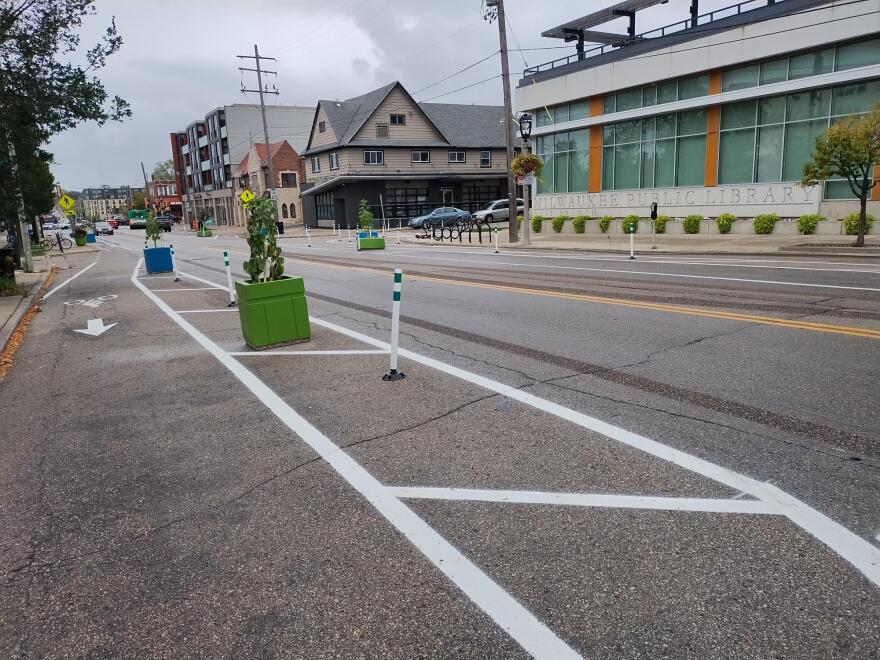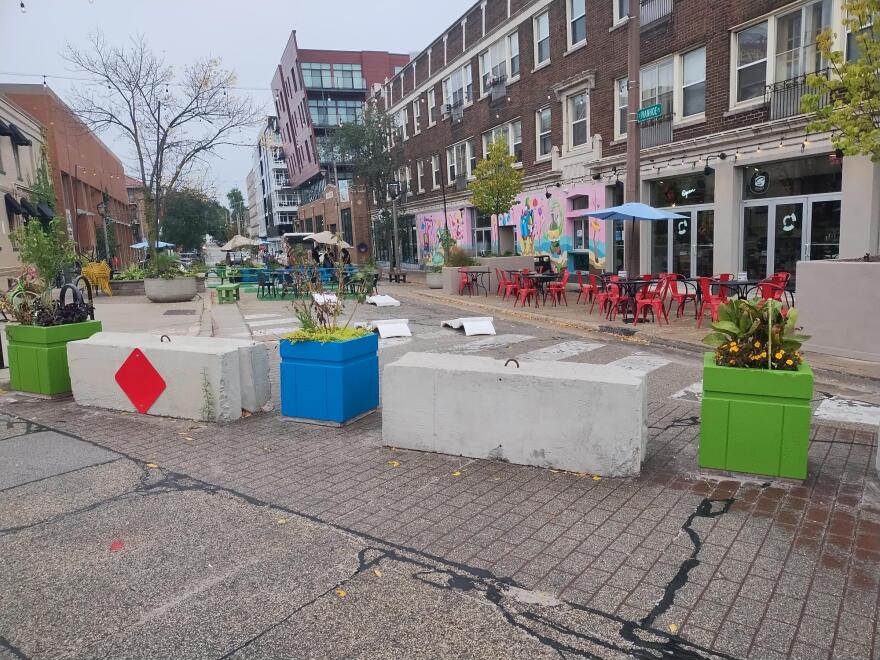The death of a pedestrian who was hit by a car at about 35th St. and Fond du Lac Ave. last week is another reminder of the challenge facing an effort called Vision Zero Milwaukee.
Vision Zero hopes to eliminate traffic deaths in the city by 2037, and has begun changing local streets to try to reduce crashes.
But first, a closer look at Thursday's death.
Vehicle traffic splashed through heavy rain last Friday afternoon in the 3600 block of W. Fond du Lac Ave. Less than 24 hours earlier, Milwaukee police say a 53-year old man died here, when he was hit by a car that was traveling east. Police say the driver stayed on scene and is cooperating with the investigation.
Officials say the city is on a path for a lower number of transportation-related deaths this year — the projection is 77, compared to the 87 deaths of 2022.
"A little bit better than last year. But last year was a record horrible year. So, not beating that just isn't good enough. We really want to do better,'' says Jessica Weinberg, Milwaukee's Vision Zero policy director. She notes that annual Milwaukee traffic deaths used to number in the 30s.

One modern-day challenge is many drivers have larger vehicles and are going over the speed limit. UW-Madison traffic safety researcher Andi Bill told a transportation forum at UW-Milwaukee this month what can happen when velocity increases.
"If I am traveling 20 miles per hour in that vehicle, because I am the one driving it, and I hit someone who's a pedestrian out there, I have a 5% chance of killing them. If I am just traveling at forty miles per hour, I have an 85% chance of killing them," Bill told her audience.
Some newer vehicles have built-in lane-change or driver fatigue warnings. Eventually, driver-less vehicles — if additional improvements are made — may be safer than ones where human error or negligence are factors.
Meanwhile, Weinberg, of Vision Zero Milwaukee, says the city is also trying to slow speeds and reduce problem areas on some streets, after doing a crash study. "[The study] identified a high-injury network. And we actually did it by mode, so we can see what are the miles of roadway that the most fatalities and serious crashes are happening for ... people walking and people driving. And then we also looked to see how much of those overlap. And there is a lot of overlap. A street that's unsafe for one person is unsafe for all users is overall what we see," Weinberg tells WUWM.
And, Weinberg says when improvements are made, all modes of transportation benefit.

She lists the aforementioned Fond du Lac Ave. as a roadway in need of safety changes, as well as North 27th and 35th Streets.
Capitol Drive, she hopes, is already getting safer due to some changes known as pinned-on bump outs, where curbs are extended into parking lanes.
East North Avenue near the East Library has also seen some traffic calming changes — narrowing of traffic to one lane each way, planters, posts and pavement painting separating the remaining traffic lanes from bike or delivery lanes.
Not all traffic safety measures are popular. The Brady Street Business Improvement District has raised concerns about some changes there.
But Weinberg says overall the city believes it's on the right track.
"We talk about horizontal and vertical deflection. So, if a driver has to move a little bit right and left and wiggle around something, or has to go up and down over a raised crosswalk, those things just help focus the person who's driving on the road, and keep their speeds slow. That's what'll save lives," Weinberg says.

Direct federal grants and federal money steered to Milwaukee by state government are providing several million dollars to make the changes.
Vision Zero advocates say it may take a while for drivers to get used to some of them, and for the number of crashes — including fatal ones — to significantly drop.






